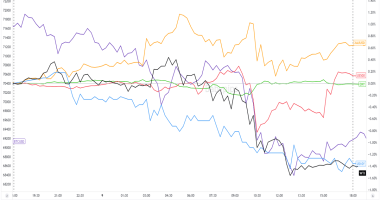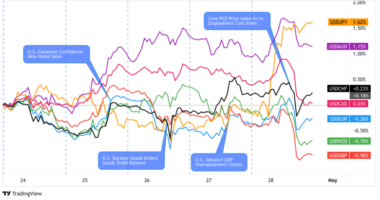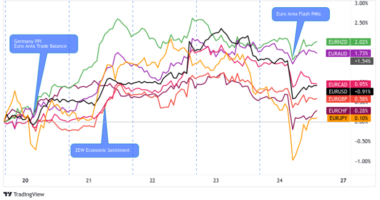The S&P has been in a historic bull market for years. It has gone up and up. Dips have been few and mostly very small.
With such a persistent trend, surely traders have made fortunes? It should be a trader’s dream. But this is not the case. Paradoxically, the S&P has been a tough market for profits.
Traders trade the markets. They do not buy and hold; they buy to sell.
Most often, traders complete several trades or round-turns in a day. Here lays the problem; the trend is only there for overnight position holders – not for day traders.
Bespoke Investment Group recently released a study in which they stated something that many investors will find confusing, disappointing, or both. Since 1993, only one of the S&P 500’s gains has occurred during the primary trading day.
They specifically stated that purchasing the S&P 500 ETF (SPY) SPY +1.2 per cent at the open and selling it at the close each day (so you only hold it during the trading day) produced a cumulative return of -13.9 per cent (that’s a minus sign, and it’s over 27 years).
Purchasing SPY at the close of the session and selling it at the following session open produced a return of … wait for it … +634.2 per cent!
The ramifications for stock market investors can be substantial. You go to bed with the value of your portfolio at $100, and when the market opens the following day at 9:30 a.m. EST, it is no longer $100.
Who is responsible for the overnight effect?
Many private investors believe there is a conspiracy to stop them from participating in the real moves of the market. However, the evil hedge funds are not behind this.
It is a fact that when the US stock market closes at 4 p.m. EST one day and does not reopen until 9:30 a.m. the following day, stock prices do not necessarily remain stationary.
Each day, the market closes at 4:00 p.m. However, the S&P 500 ‘futures’ market remains active for most of the 24-hour period. Futures are also available for several other major indices.
The US stock futures market is only closed on Friday night and reopens at 6 p.m. EST on Sunday. It is a five-day continuous market.
What happens at night, when only futures are open (they are also open during the trading day)?
The S&P 500’s price is set by participants in the futures market, which is frequently very thinly traded until close to market open each day.
This is determined by supply and demand, news, and a variety of other factors that affect the market during a typical trading day.
All of that ‘noise’ generated during the 6 1/2 hours of daily market activity has amounted to nearly nothing over the last 27 years. The market’s gains have occurred entirely overnight.

The chart above shows the Overnight Effect very clearly.
- The red line represents the overnight accumulation (from the day’s close to the day’s open)
- The green line represents the normal trading hours (NTH) accumulation (from the day’s open to the day’s close).
- The grey line represents the accumulation of daily changes (previous close to close).
NTH did not contribute to the SPY total return until about March 2021.
Since the ETF’s inception, its overall contribution is only 36.4 points, compared to a contribution of 405.4 points for overnight positions.
All this is yet another reason why technical analysis is undervalued as a source of power in modern investing.
As futures traders have relied on technical analysis (charting) for decades, long before it gained popularity, it’s important to understand them and their thinking, even if you’re not a trader, especially if you are one.









